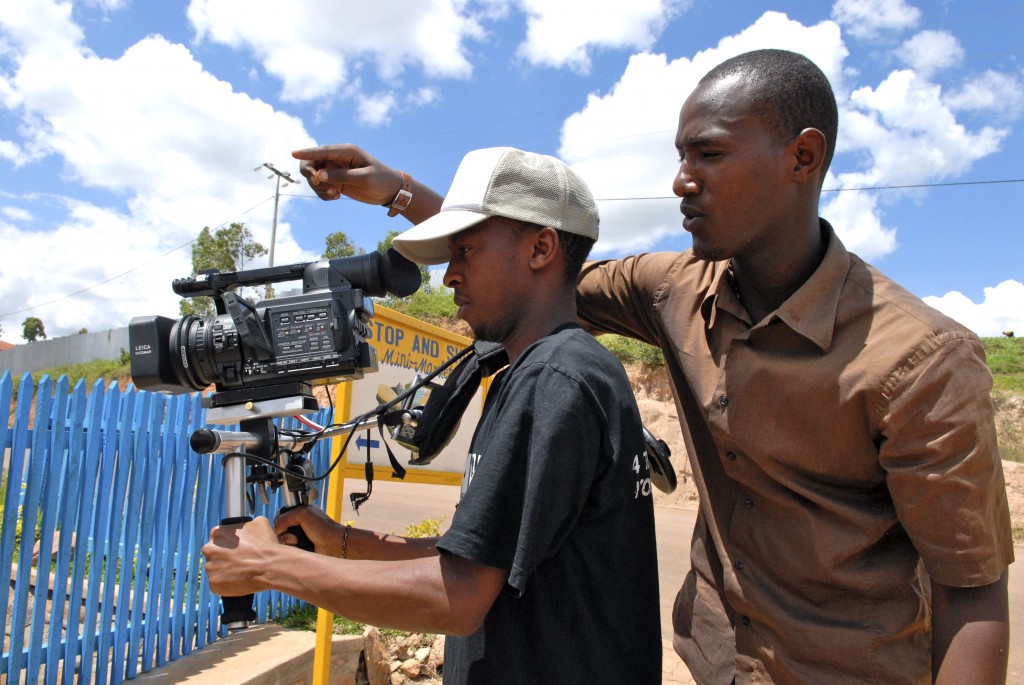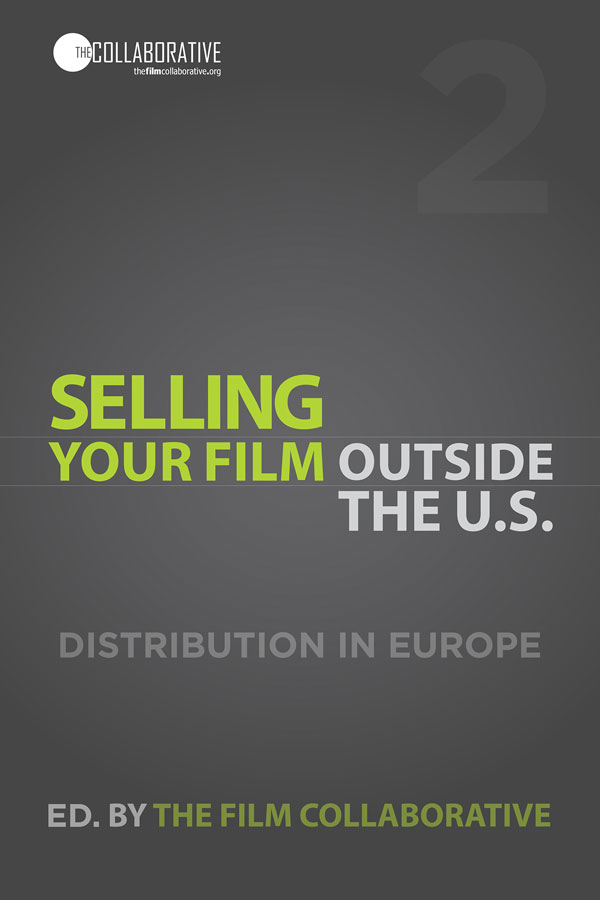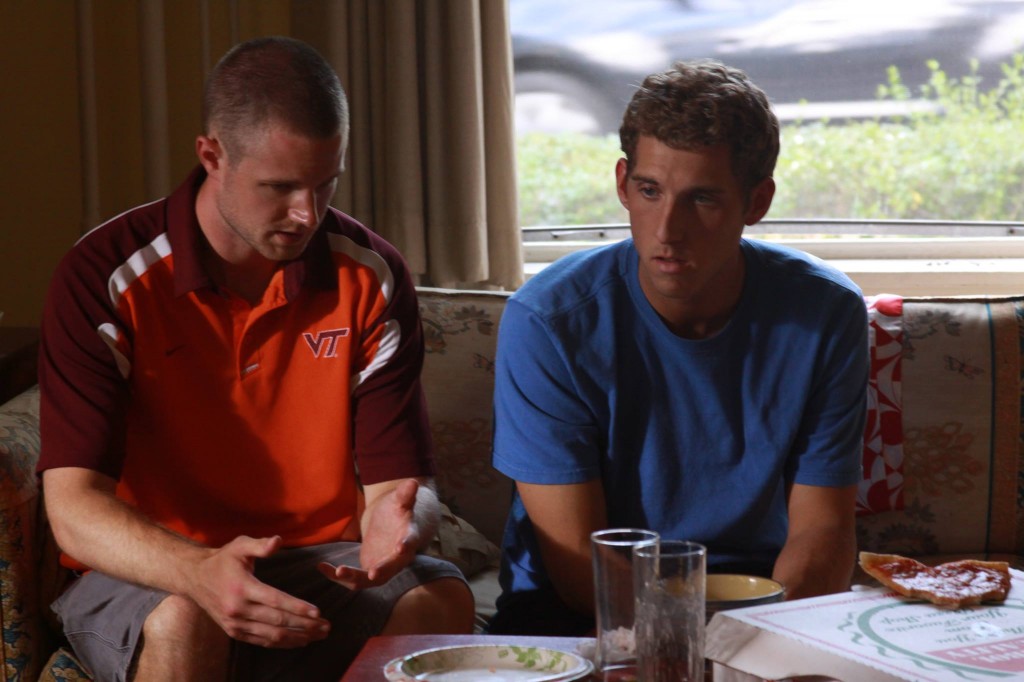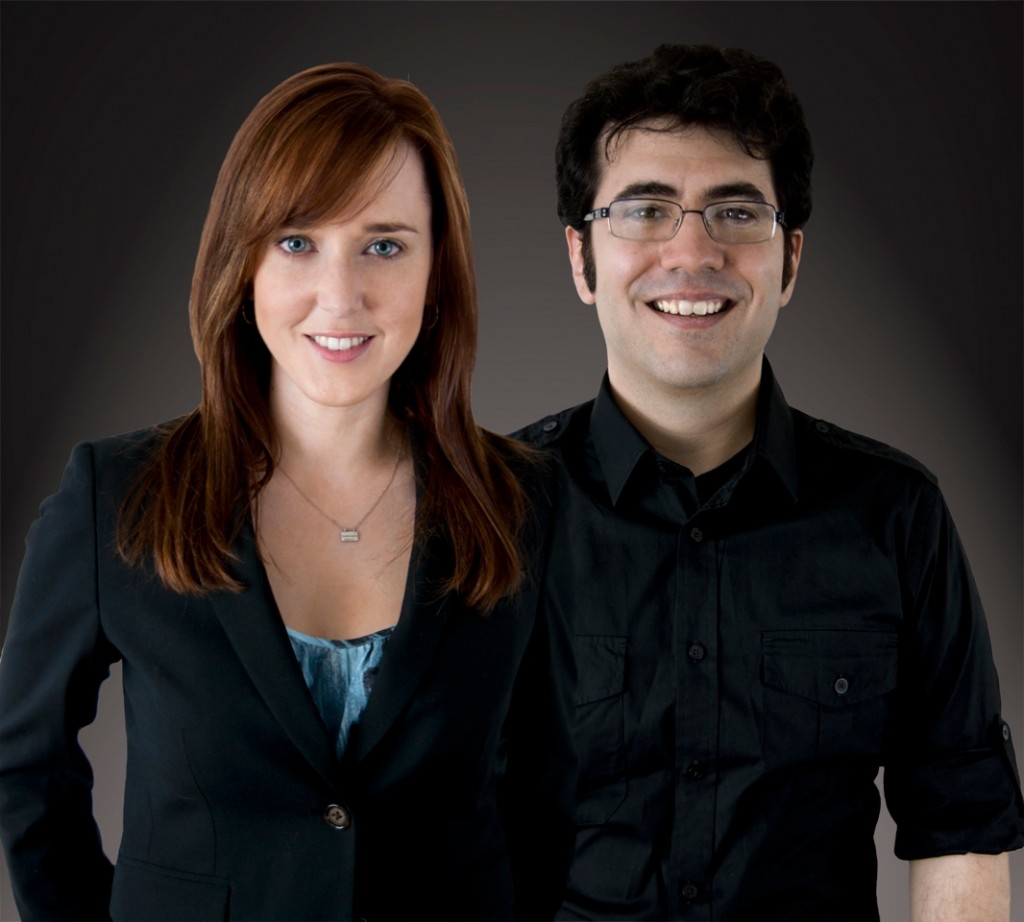Romania Interviews

I just got the links to the TV and Radio interviews that I did while in Romania. We talked a lot about distribution and marketing within the film industry, and how that relates to all art forms – specifically in Romania. Check them out below. Digi TV Romanian State Television Radio Cultural
Distribution Case Study – “Finding Hillywood”

Written by Leah Warshawski (Producer/Director) / Introduction by Jon Reiss I recently wrote a two part article featuring four documentary filmmakers who pursued hybrid releases with their films and who were generous enough to share the real data from their films’ releases – Transparency: Four Filmmakers Give Up the Gold Pt1 and Pt 2. Upon reading […]
New Selling Your Film Book Released– and it’s FREE

I’m really excited about this brand new book, Selling Your Film Outside the U.S. (click here to download the book for free) that I wrote with Sheri Candler, The Film Collaborative co-executive directors Orly Ravid and Jeffrey Winter and Wendy Bernfeld, managing director of the European content curation and licensing company Rights Stuff BV edited […]
How I Made a Feature Film Right Out of Film School (Guest Post)

I’m Jaymes Camery and I just wrapped production on my first feature film, Guys and Girls Can’t Be Friends. I graduated from California Institute of the Arts with an MFA in Film Directing in May 2013. I grew up in Virginia and have always had a special affinity for stories that take place in the South. […]
Monetizing in the Age of Abundance Part 1: The Age of Abundance
By Jon Reiss I have been giving a number of presentations on Artistic Entrepreneurship over the past year that I refined for the recentSFFS A2E Workshop and most recently presented a version of in this spring’s IFP Filmmaker Labs. In this presentation I have reformulated my approach to the challenges that filmmakers face in our current age […]
Ways to Distribute Merchandise
I recently posted a short piece about innovative merchandise. Here is a quick rundown on the different ways to sell your merch! Let me know what you think!
Creating Innovative Merchandise
Its the IFP Film Week in NYC where I just was for the IFP Lab and the new IFP PMD Lab – so with that in mind – I am posting my new clip about merchandise and an intro to innovative merchandise.
Launching New TOTBO Workshop Webclips
I am kicking off a series of excerpts from my Think Outside the Box Office Master Classes today on my new YouTube Channel TheJonReiss. I am rebooting my YouTube channel because even though I had some decent views on YouTube.com/jfilm1 – it didn’t feel like that accurate or searchable. Since I am going to start […]
Guest Post: Joke and Biagio on Self Distribution for Dying to Do Letterman

Today’s guest post is from Joke and Biagio who are doing an amazing job with their Kickstarter campaign to raise money for the distribution of their film Dying to do Lettermen. Check out their kickstarter page – they’re already raised $47,000. In it they talk about why they are releasing their film themselves (plan […]
How to Self-distribute Online: Using E-junkie to Create an Automated Business Part 2
Creating and selling a Quicktime file is a lot easier than creating and selling a DVD, yet many filmmakers seem to be reluctant to make their movies available as a download. I believe this stems from an overblown fear of piracy. As far as the indie world is concerned, I believe you’re losing money by not offering your video as a download.